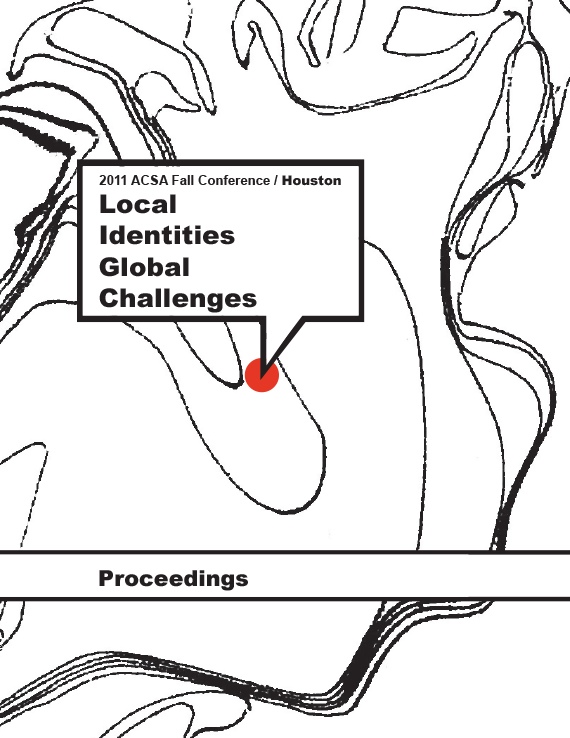Author(s): Maryam Eskandari
With more than 6 million observant Muslims residing in the United States, there is an ever-present demand for construction of mosques in U.S. cities. Muslim-American communities, the majority of whom are American-born Muslims or American converts, have transplanted the architectural lexicons of mosques located in the Middle East wholesale into the U.S. urban landscapes. This trans-continental attempt at architectural mobility from the Middle East to the U.S, however, does not come without problems. The increasingly scrutinized encounter between transplanted Middle Eastern architectural idioms on the one hand, and US-based Muslim communities with their historically and geographically specific trajectories of Islamic practice on the other, gives rise to internal tensions among Muslim communities in the United States. The architecturally designed spaces and socially negotiated places for and of Muslim women in community mosques in the United States emerge as a particularly understudied problem in the aforementioned encounter between Middle Eastern architecture and American religious practice. The numerous case studies and investigations of a diverse set of mosques that I have conducted and studied, indicate that an overwhelming majority of diverse Muslim communities across the United States does not provide adequate spaces for their women members in their mosques. In my paper, I aim to build on these studies and articulate what the ideal space between a “Modern Mosque” versus a “Traditional Mosque” in comparison to the Quran and Hadith versus the interpretation of religious scholars. Followed by a diagrammatical solution of how these texts are to dissolve into design and weaved into the urban fabrication of the American city.
Volume Editors
Ikhlas Sabouni & Jorge Vanegas

 Study Architecture
Study Architecture  ProPEL
ProPEL 
